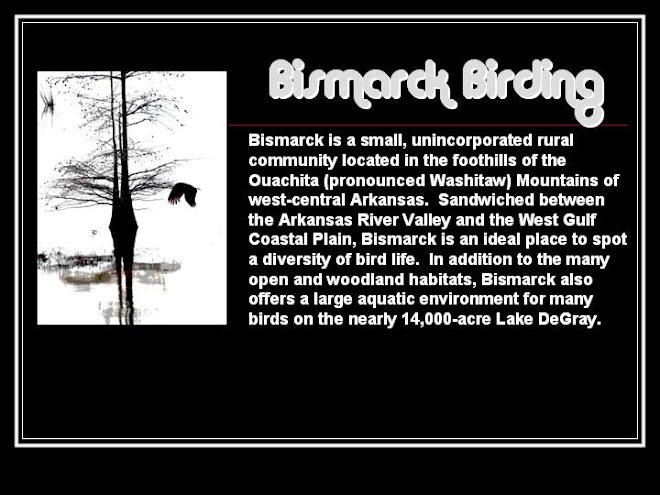


Male and Female
 The notorious Brown-headed cowbirds (Molothrus ater) are a common sight at my backyard feeders and in backyard feeders throughout SE Alaska, Canada, all of the Continental US, and Mexico. The fragmentation of woodlands has actually increased their numbers. Let me explain why. These birds are brood parasites; that is, they go around laying their eggs in the nest of other bird species who will hatch, feed, and raise the cowbird chicks along side their own chicks. Cowbirds will generally only lay one egg per parasitized nest. With such a set up, cowbird females have been known to lay as many as 40 eggs per season and why not if you don't have to pay for raising them. Studies have recorded over 144 different species of birds have been parasitized by cowbirds. So what is the connection between forest fragmentation and the increase in cowbird numbers? Brown-headed cowbirds are edge species (sort of like deer); that is, they prefer the open grassland and thickets that surround forests and most importantly, will not venture more than a few hundred yards into the forest to lay their eggs. With once great expanses of contiguous forests being divided into hundreds of small patches or terrestrial islands, the cowbirds now have the opportunity to parasitize many more nests. So it is very important for us to support the conservation of large tracts of woodlands, if we don't want to see songbirds relegated to becoming surrogate parents of cowbirds and eventually disappearing.
The notorious Brown-headed cowbirds (Molothrus ater) are a common sight at my backyard feeders and in backyard feeders throughout SE Alaska, Canada, all of the Continental US, and Mexico. The fragmentation of woodlands has actually increased their numbers. Let me explain why. These birds are brood parasites; that is, they go around laying their eggs in the nest of other bird species who will hatch, feed, and raise the cowbird chicks along side their own chicks. Cowbirds will generally only lay one egg per parasitized nest. With such a set up, cowbird females have been known to lay as many as 40 eggs per season and why not if you don't have to pay for raising them. Studies have recorded over 144 different species of birds have been parasitized by cowbirds. So what is the connection between forest fragmentation and the increase in cowbird numbers? Brown-headed cowbirds are edge species (sort of like deer); that is, they prefer the open grassland and thickets that surround forests and most importantly, will not venture more than a few hundred yards into the forest to lay their eggs. With once great expanses of contiguous forests being divided into hundreds of small patches or terrestrial islands, the cowbirds now have the opportunity to parasitize many more nests. So it is very important for us to support the conservation of large tracts of woodlands, if we don't want to see songbirds relegated to becoming surrogate parents of cowbirds and eventually disappearing. 

No comments:
Post a Comment